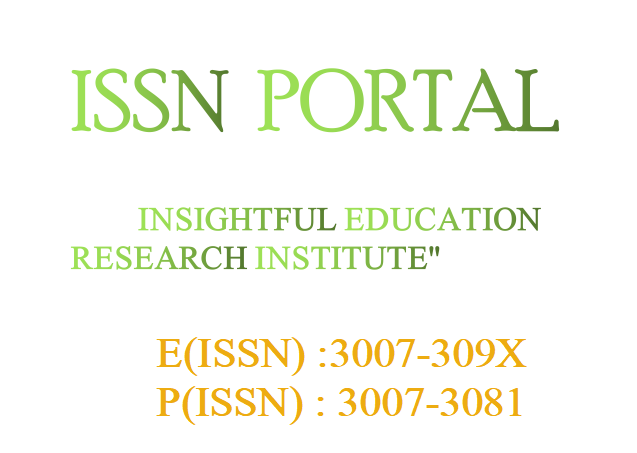HOW PROTEINS COMMUNICATE: THE MOLECULAR LANGUAGE BEHIND CELL SIGNALING
DOI:
https://doi.org/10.62019/b2y07688Keywords:
Protein-Protein Interactions (PPIs), Post-Translational Modifications (PTMs), Phosphorylation, Cellular SignalingAbstract
Background: Proteins are crucial communicators in cells, converging signaling pathways through smooth interactions and modification that regulate cellular activity and responsiveness.
Objective: The current research was conducted to examine how proteins engage with each other through protein-protein interactions (PPIs) and post-translational modifications (PTMs) and how their disruption results in human diseases.
Methodology: Qualitative and integrative review of the literature was conducted utilizing peer-reviewed articles from the years 2015–2024, focusing on structural biology, proteomics, and disease models to investigate protein signaling mechanisms.
Results: The study identified that PTMs and PPIs like phosphorylation, ubiquitination, acetylation, and methylation play critical roles in ensuring signal fidelity; their deregulation is implicated in cancers, neurodegenerative, and autoimmune diseases.
Conclusion: Understanding protein communication language at the molecular level offers valuable insights into mechanisms of disease and a new door toward targeted therapeutic investigation.







